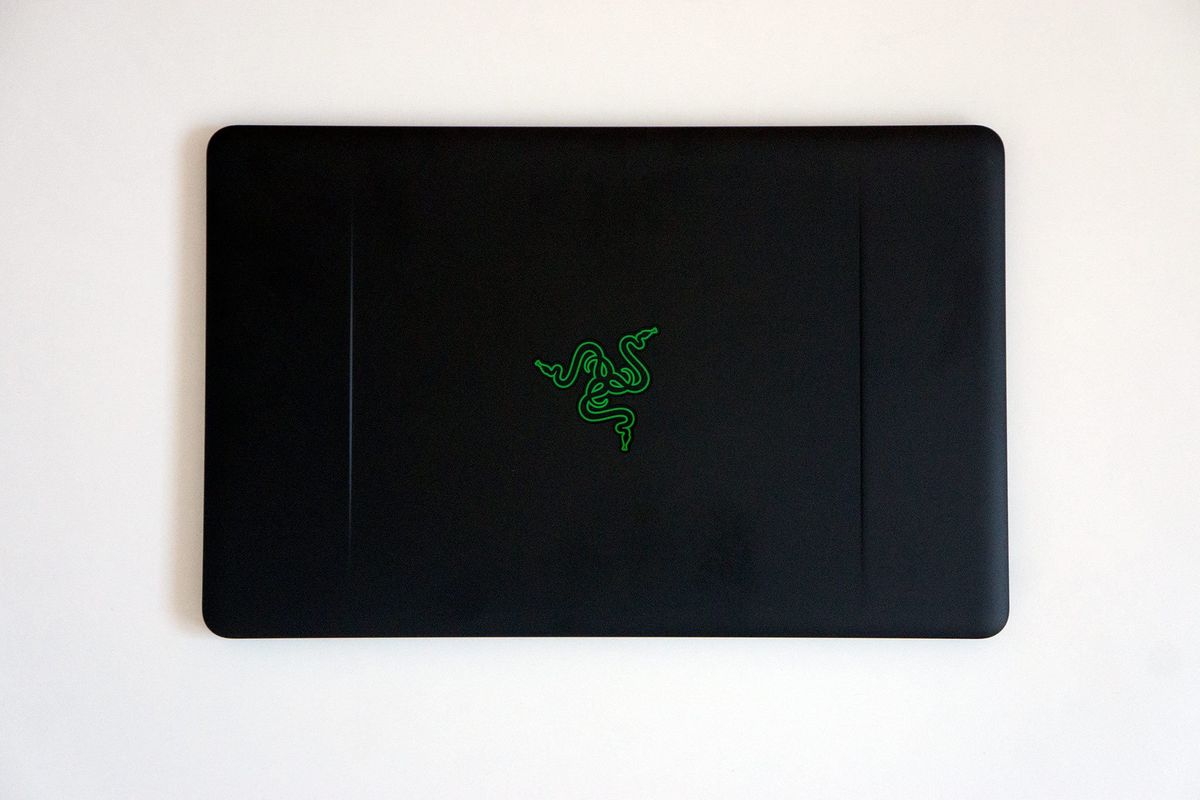
The Blade Stealth from Razer was certainly no slouch, featuring an Intel Core i7 6th-gen processor, a stunning display and gorgeous design. But as noted in our comprehensive review, the ultrabook for gamers was held back by mediocre performance in demanding tasks and battery life. The company took these complaints on-board, threw in new components, worked some black magic and we've got the new 2016 Razer Blade Stealth.
So, question is, is it any better? Read our review to find out whether or not you should pick one up.
It lasts longer
So what exactly is new in this refreshed Blade Stealth? Intel has new processors out and Razer took on-board feedback that was provided by reviewers and owners who forked out for the predecessor. In our detailed review of the Stealth we noted how the battery could be improved, and this is exactly what the company has achieved thanks to a combination of measures.
You have the new CPU, as well as a larger and more energy-dense battery (upgraded from 45Wh to 53.4Wh). I managed to get around 7 hours of charge through regular usage — web browsing, email, light video viewing, and communication clients. That's pretty much it, though. Everything else is the same as the older Razer Blade Stealth and that's absolutely fine.
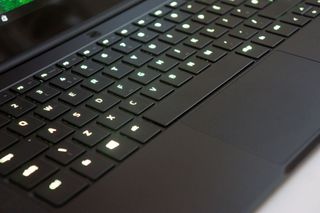
What I enjoy most about the Razer Blade Stealth (2016) is the overall design and build. The machined-aluminum construction of the chassis is absolutely gorgeous. The black and green Razer color scheme is stunning in all light levels, although you will have to battle fingerprints that tend to show up even after lightly touching the laptop. The keyboard backlight feature is also a joy to customize and gaze at.
The latest from Intel
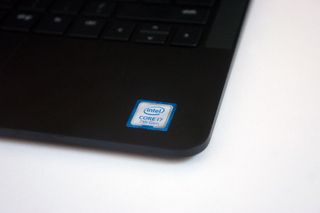
The specifications of even the entry-level Blade Stealth are actually fairly powerful. You have an Intel Core i7 processor, matched with at least 8GB of RAM and a QHD display with touch-screen support. Sure, there's only Intel HD Graphics 620 onboard, and we would have liked to see a GTX 1060 on this machine, the company has opted for maximum portability and this is where the Razer Core comes into play.
| Category | Specification |
|---|---|
| Display | 12.5-inch IGZO 16:9 1440p, 4K touch-screen |
| CPU | 7th-gen Intel Core i7-7500U 2.7GHz dual-core |
| GPU | Intel HD Graphics 620 |
| Storage | 128 GB, 256 GB, 512 GB PCIe SSD (QHD)512 GB / 1 TB PCIe SSD (UHD) |
| RAM | 8GB, 16 GB Dual-Channel (LPDDR3-1866MHz) |
| OS | Windows 10 (64-bit) |
| Wi-Fi | Killer Wireless-AC (802.11a/b/g/n/ac)Bluetooth 4.1 |
| Ports | Thunderbolt 3 (USB-C)USB 3.0 port x 2 (SuperSpeed)HDMI 2.0a3.5 mm headphone/microphone port |
| Webcam | Built-in webcam (2.0 MP) |
| Security | Trusted Platform Module (TPM 2.0) security chip |
| Battery | 53.6Wh lithium-ion polymerUp to 9 hours of battery life |
| Dimensions | 13.1mm (H) x 321mm (W) x 206 mm (D) |
| Weight | 1.29 kg / 2.84 lbs |
Intel's 7th-gen Kaby Lake processors really lend a hand here when it comes to photo and video editing, and the integrated Intel graphics can even handle some of the more recent titles at decent frame rates (so long as you don't go for the 4K display and attempt to render games at that resolution). Thankfully, this also means the laptop runs rather cool and you barely hear the fans. I noticed they weren't even spinning for most of my web browsing and general usage.
Bang for your buck
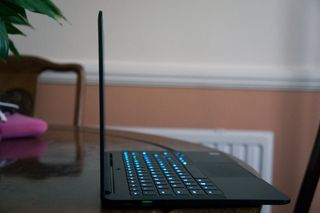
Razer is usually associated with expensive hardware and peripherals for gamers, but looking at the Blade Stealth will reveal quite the bargain when you consider what's included and how competitors match up. Looking at Apple, for the same price you'll be able to walk out a store with the MacBook Air. Unfortunately, this is a downgrade with an older Intel Core i5 processor, as well as Intel's HD 6000 graphics.
They've certainly nailed the opening price for the Blade Ultrabook family of laptops, and there's also the option to configure just how much storage and RAM you require, as well as whether or not to upgrade from 1440p to a 4K display. It's actually a well thought out line-up, ensuring that even those who select the $999.99 Blade Stealth will be able to power through tasks every day, with the added bonus of hooking up a Razer Core to take advantage of a dedicated GPU.
Should you buy one?
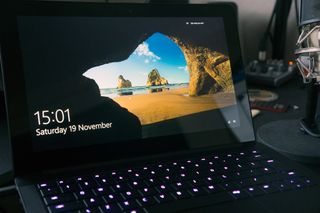
The Razer Blade Stealth was already a solid ultrabook worthy of consideration, but Razer's improvements here have made the 2016 model an even more capable and compelling machine. The display, specifications, backlit keyboard, connectivity with the Razer Core, build quality, and overall bang for your buck makes the Blade Stealth a superb portable gaming laptop.
There are a few things we'd like to see addressed, mainly the keyboard itself. It's more comfortable to use than other ultrabooks on the market right now, but I would like slightly more travel (if at all possible). You also have to take into consideration that while this is an $999.99 laptop, for gaming you'll need to fork out for the Razer Core, as well as a dedicated GPU, which could easily take the overall investment above $1500.
If you're into some serious gaming, need something super-portable, frequently attend LAN events, and don't enjoy heavier gaming laptops (or have the funds for the Razer Blade Pro), the Blade Stealth is a really good option. Should you do some video editing on the go and other more demanding tasks, you may want to look at the Razer Blade with the dedicated GTX 1060 GPU.

Rich Edmonds was formerly a Senior Editor of PC hardware at Windows Central, covering everything related to PC components and NAS. He's been involved in technology for more than a decade and knows a thing or two about the magic inside a PC chassis. You can follow him on Twitter at @RichEdmonds.
